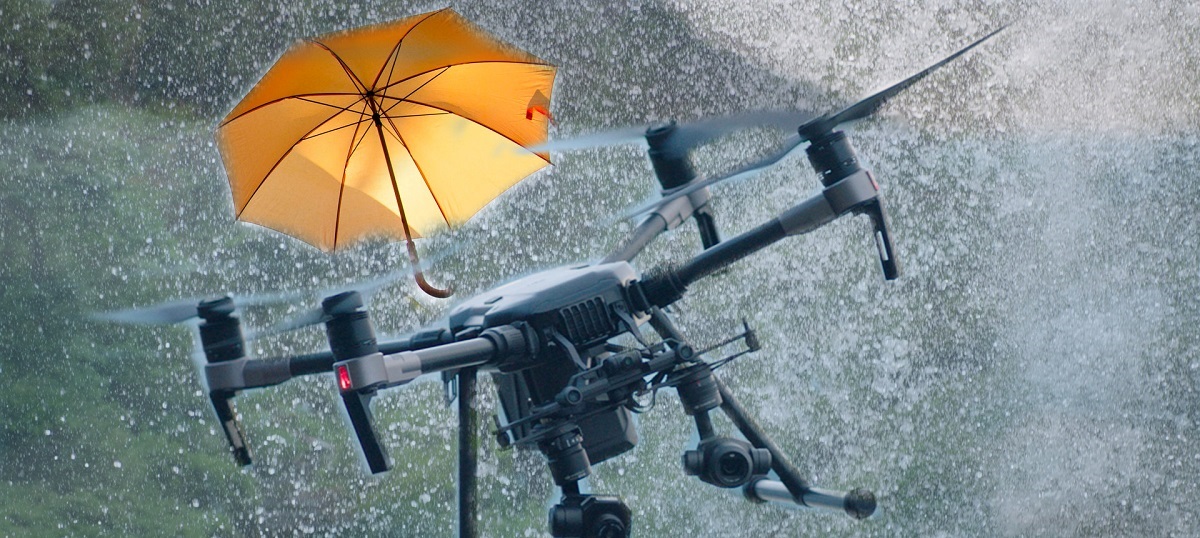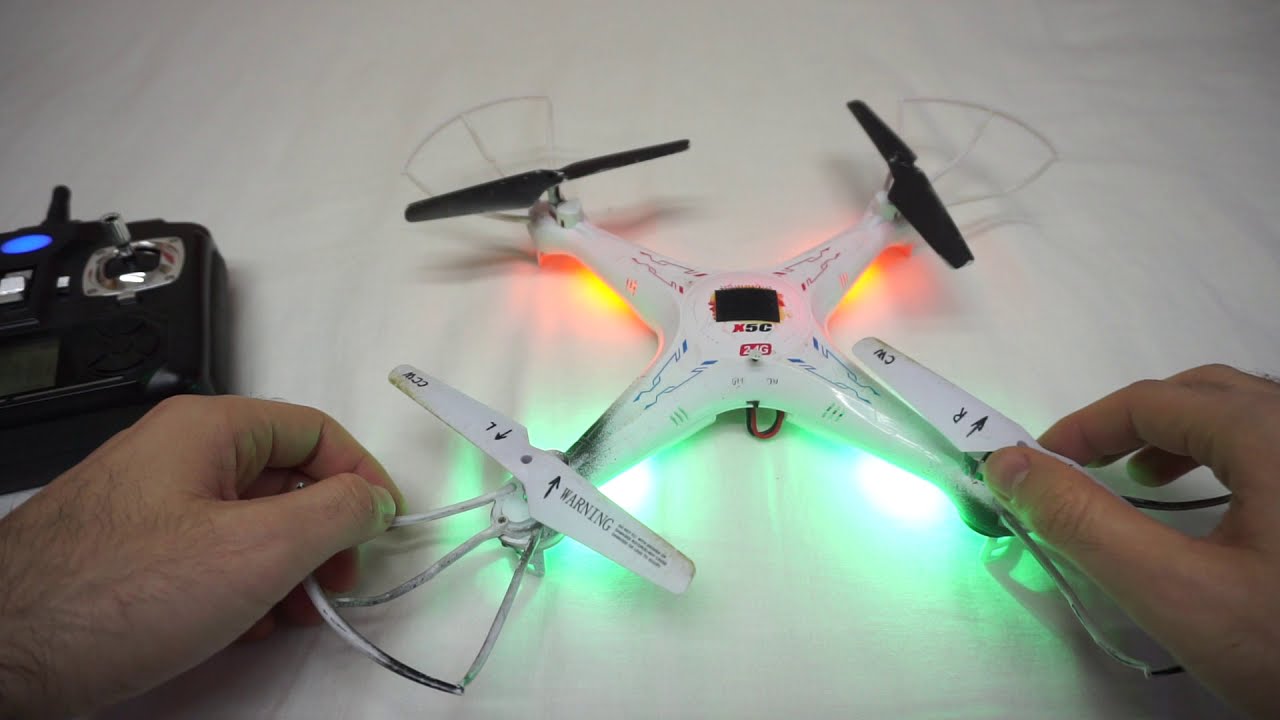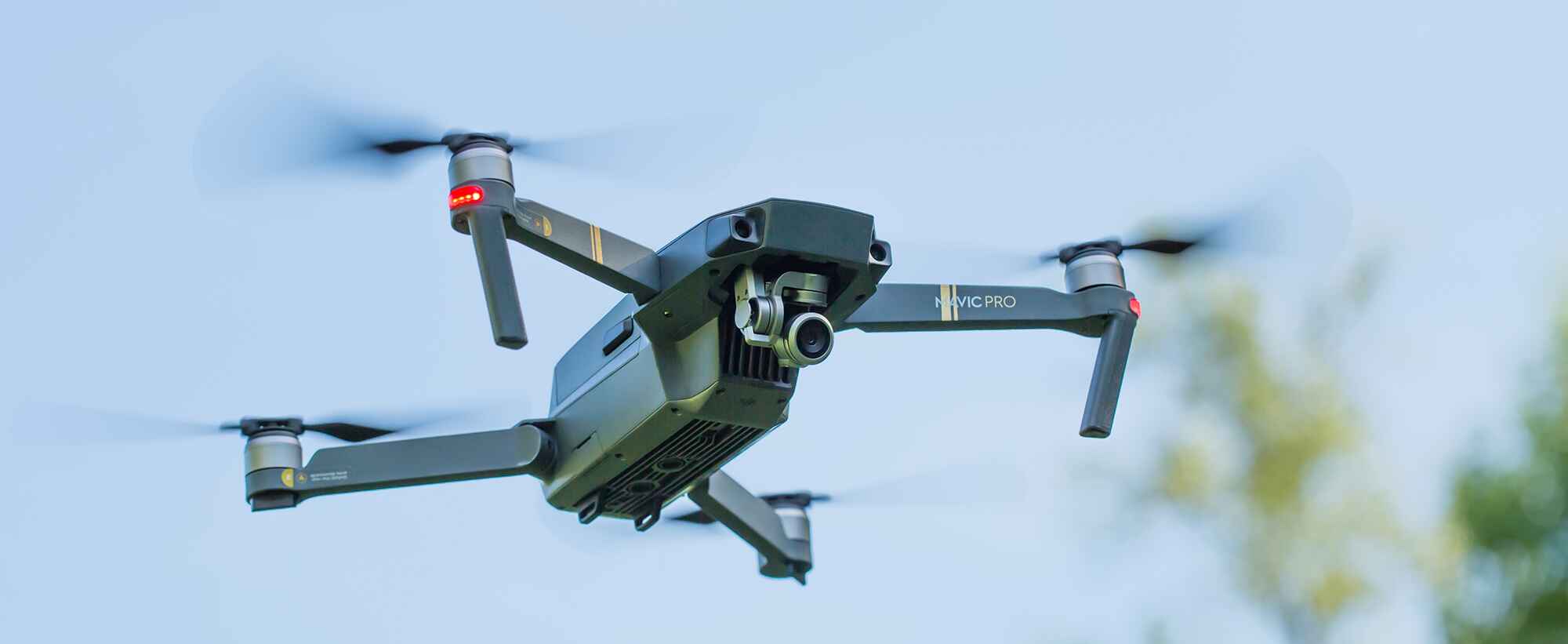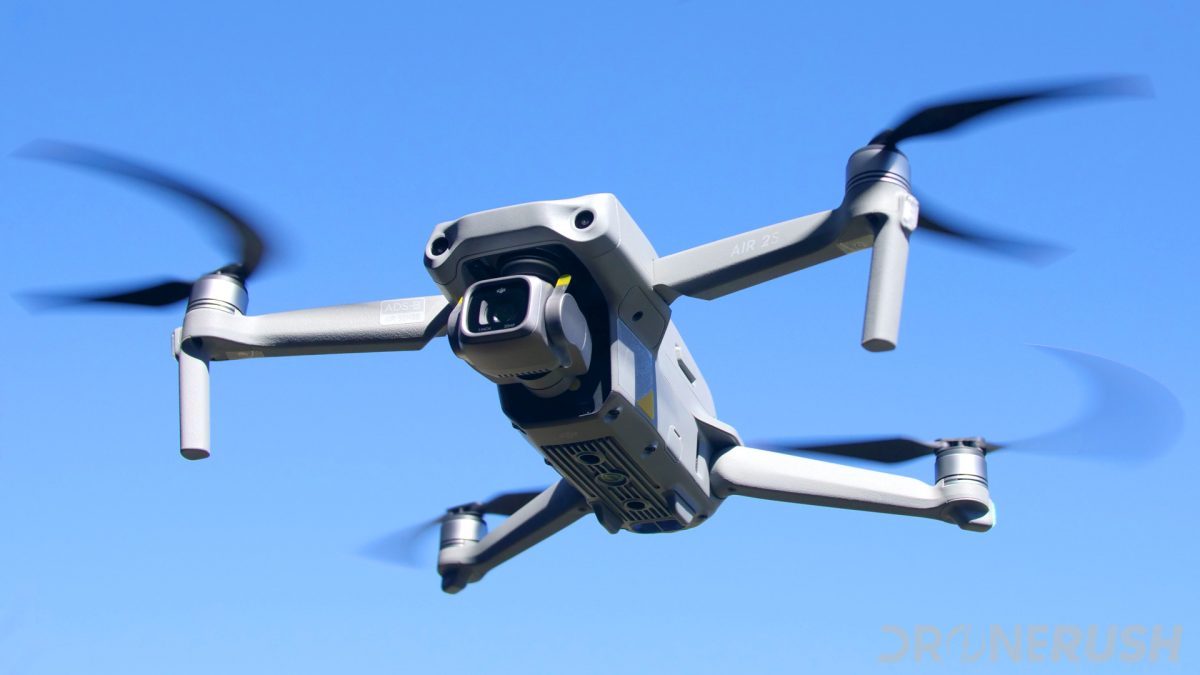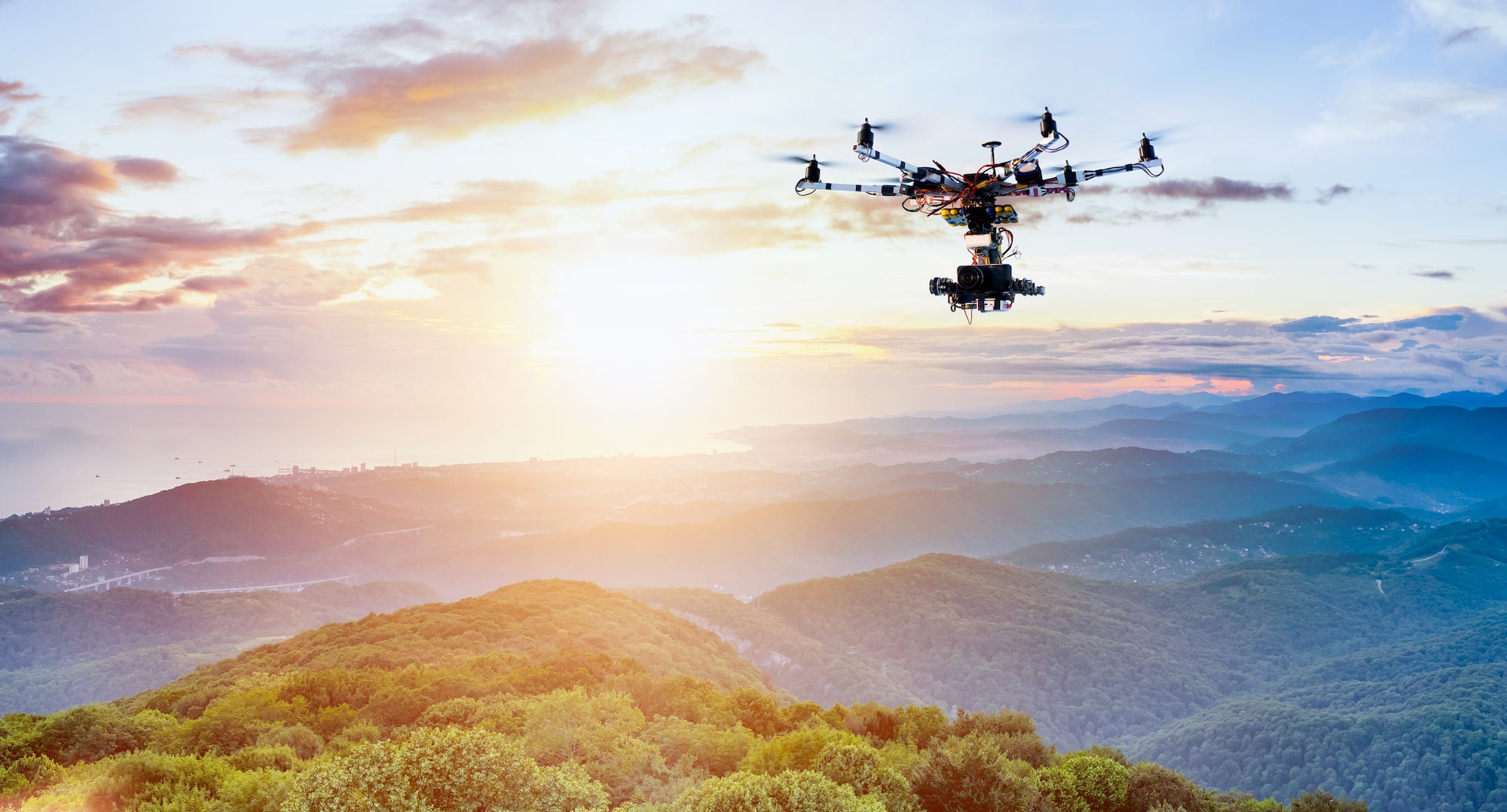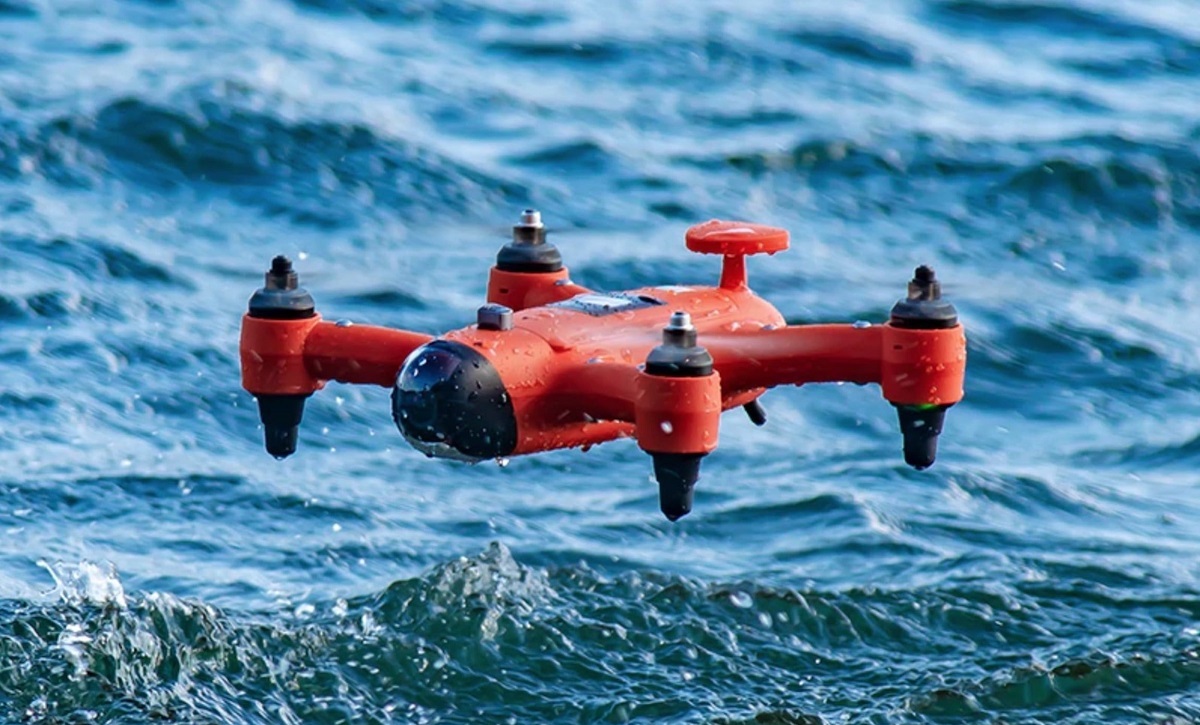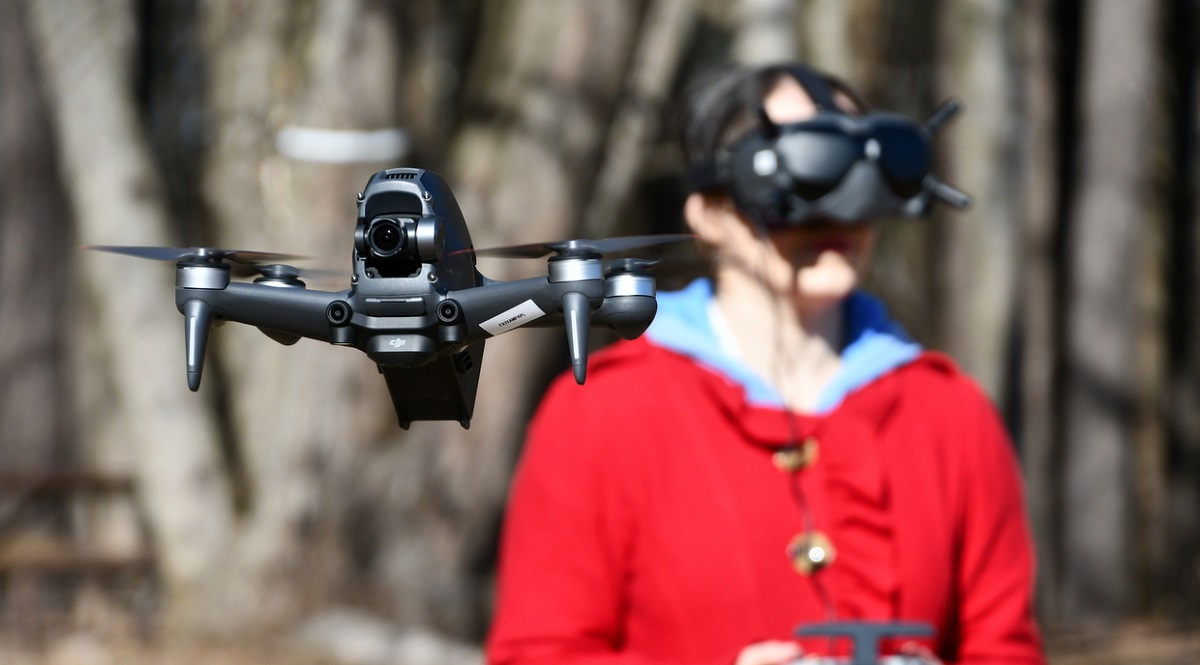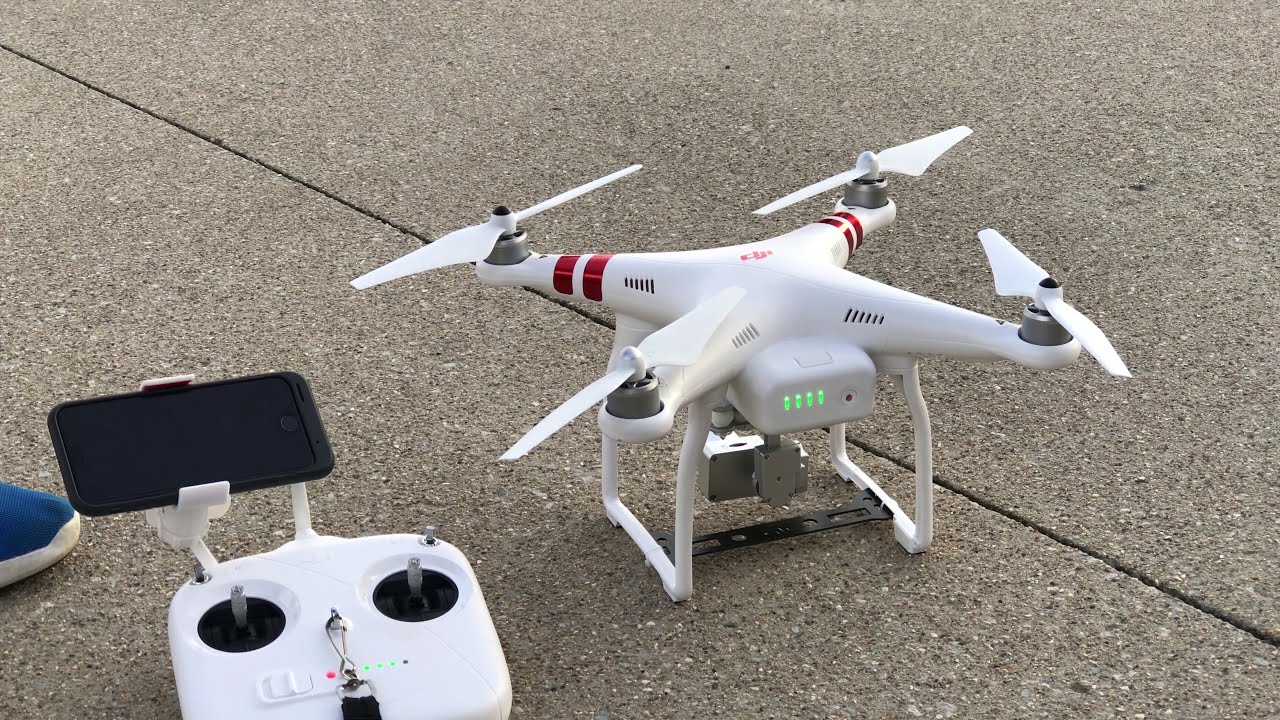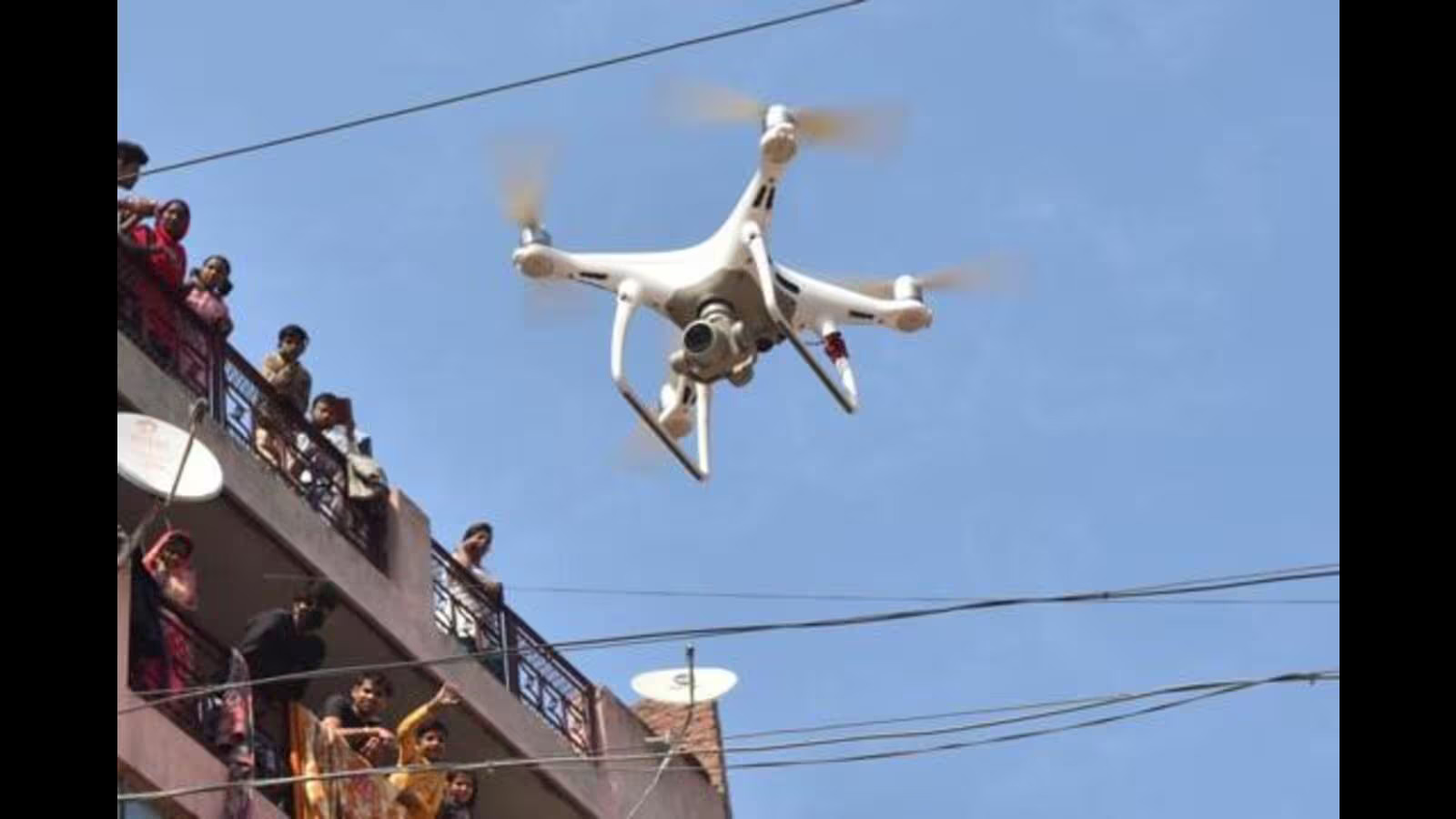Can You Fly A Drone When It’s Raining
One of the most common questions that drone enthusiasts have is whether or not they can fly their drones in rainy weather. While drones are designed to be durable and withstand various weather conditions, flying a drone in the rain can pose certain risks and challenges that need to be carefully considered.
Safety is always the top priority when operating a drone, and flying in the rain can potentially compromise the safety of both the drone and the surrounding environment. Rain can affect the performance of the drone, including reducing battery life, interfering with the motors, and impacting the stability and control of the aircraft.
Additionally, rainwater can damage the sensitive electronic components of the drone, such as the camera, sensors, and GPS system. Water can seep into these components, causing them to malfunction or even cease functioning altogether. This can result in loss of control over the drone and potential damage to the equipment.
Furthermore, flying a drone in rainy conditions can also be a challenge for the pilot. Rain can significantly reduce visibility, making it difficult to see the surroundings and obstacles. This increases the risk of collisions and accidents, posing a safety hazard not only to the drone but also to people and property in the vicinity.
It is important to note that certain drones are specifically designed for flying in wet conditions and come with features such as waterproofing and corrosion-resistant materials. These drones may be able to handle light rain or drizzle, but it is still advisable to follow the manufacturer’s guidelines and exercise caution when flying in wet weather.
Ultimately, the decision to fly a drone in the rain should be based on a thorough assessment of the current weather conditions, the capabilities of the drone, and the pilot’s skills and experience. It is always better to err on the side of caution and avoid flying in heavy rain or stormy weather to prevent any potential accidents or damage to the equipment.
Introduction
Unmanned aerial vehicles, commonly known as drones, have gained immense popularity in recent years. These versatile devices offer endless possibilities for aerial photography, videography, surveillance, and even delivery services. However, as drone technology advances, it becomes essential for drone operators to understand the limitations and considerations that come with flying these aerial vehicles.
In this article, we will explore the question of whether or not it is possible to fly a drone when it’s raining. While the idea of capturing stunning aerial shots in the rain might seem intriguing, there are several safety and operational factors that need to be taken into account.
Safety is paramount when piloting a drone. The well-being of people, property, and the drone itself should always be the top priority. Rainy weather introduces a whole new set of challenges and risks that can jeopardize the safety of a drone flight. Understanding these risks will help drone operators make informed decisions and mitigate potential dangers.
Aside from safety, protecting the equipment is also crucial. Drones are intricate pieces of technology that can be vulnerable to moisture. Rainwater can damage delicate components, leading to malfunctions or permanent damage. We will discuss how to protect your drone from water and how certain models are specifically designed to withstand wet conditions.
Moreover, we will address flight restrictions that may be imposed during rainy weather. Many countries and regions have regulations in place that prohibit or restrict drone flights in adverse conditions. Being familiar with these restrictions will help drone operators stay compliant with the law and avoid unnecessary penalties or accidents.
Battery management is another aspect that needs to be considered when flying a drone in the rain. Rainy weather can affect the performance and lifespan of drone batteries. We will delve into tips and best practices for managing batteries in wet conditions to prevent power failure during flight.
Lastly, we will touch on the impact of rainy weather on camera and image quality. Rain droplets can obstruct the lens and affect the clarity of photographs and videos. We will explore ways to mitigate these challenges and maintain optimal image quality.
By examining these factors, drone operators can make informed decisions about whether or not to fly their drones in the rain. It is essential to weigh the potential risks against the expected benefits and take precautions to ensure the safety of the flight, equipment, and surrounding environment.
Safety Considerations
When it comes to flying a drone in rainy weather, safety should always be the foremost concern. Rainy conditions introduce a range of hazards that can compromise the safety of the drone operation. Understanding these safety considerations is vital to mitigate potential risks.
First and foremost, rain can affect the performance of the drone itself. Water can interfere with the motors, reducing their efficiency and impacting the stability and control of the aircraft. Drones rely on precise movements and balance to fly safely, and rain can disrupt these crucial elements.
Reduced visibility is another significant safety concern when flying in the rain. Rain can create a hazy environment, making it challenging to see obstacles, landmarks, or even other aircraft. This lack of visibility increases the risk of collisions and accidents, posing a danger not only to the drone but also to people and property in the vicinity.
Additionally, rainwater can damage the electronic components of the drone. Moisture can seep into the sensitive parts of the aircraft, such as the camera, sensors, and GPS system, leading to malfunctions or complete failure. This can result in a loss of control over the drone and potential damage to the equipment or surrounding infrastructure.
Furthermore, flying a drone in the rain can also pose risks to people and property on the ground. In windy conditions, rain can intensify and create localized downpours or gusts. These sudden changes in weather can make it challenging to maintain control over the drone and increase the likelihood of accidents or damage caused by falling objects.
It is crucial to consider the experience and skill level of the drone operator as well. Flying a drone in the rain requires a higher level of expertise and situational awareness to navigate the challenges posed by the weather. Pilots must be prepared to adjust their flight controls and techniques to compensate for the effects of rain on the drone’s stability and performance.
Before attempting to fly a drone in rainy conditions, it is advisable to consult the drone manufacturer’s guidelines and follow any specific recommendations they provide. Some drones are specifically designed to handle wet weather, while others may not be suitable for flying in the rain at all.
In summary, safety should always be paramount when deciding to fly a drone in rainy weather. The potential risks to the drone, equipment, surroundings, and people involved must be carefully evaluated. By exercising caution, adhering to regulations, and being aware of the limitations and challenges of flying in the rain, drone operators can minimize risks and ensure safer flights.
Equipment Protection
Protecting your drone from the elements, particularly rain, is crucial to ensure its longevity and performance. Rainwater can be detrimental to the sensitive electronic components of the drone, potentially causing damage or malfunctions. Implementing proper equipment protection measures can help you safeguard your drone in wet conditions.
The first line of defense against rain is to invest in a drone that is specifically designed to handle wet conditions. Some drone models come with waterproofing features, such as sealed compartments and corrosion-resistant materials. These drones are designed to withstand light rain or drizzle without sustaining damage to their internal components.
For drones that are not specifically designed for rainy weather, it is essential to employ additional protective measures. One option is to use a waterproof drone cover or rainproof case. These accessories provide an extra layer of protection against the rain, shielding the drone and its components from moisture. Ensure that the cover or case fits your specific drone model for optimal protection.
Another key aspect of equipment protection is to keep the drone’s electrical connections, ports, and openings well-sealed. Examine the drone before each flight to ensure there are no gaps or openings where water may enter. Seal any vulnerable areas, such as battery compartments and charging ports, with waterproof tape or silicone sealant. This will help minimize the risk of water seeping into the drone’s internal components.
In addition to physical protection, consider utilizing hydrophobic coatings for the drone’s exterior surfaces. These coatings create a water-repellent barrier, preventing rain droplets from adhering to the drone. This can reduce the likelihood of water damage and facilitate easier maintenance and cleaning of the drone after flying in wet conditions.
It is crucial to dry and inspect the drone thoroughly after flying in the rain. Use a soft, lint-free cloth to wipe away any moisture from the exterior surfaces and carefully check for any signs of water ingress. Allow the drone to dry completely before storing it to prevent moisture accumulation and potential damage to the internal components.
Lastly, storing the drone in a cool, dry place when it is not in use is essential for its long-term protection. Avoid exposure to high humidity environments, as this can lead to condensation and moisture buildup within the drone. Investing in a dedicated storage case or bag that offers protection against dust, moisture, and physical damage can further enhance the safety and lifespan of your drone.
By following these equipment protection measures, drone operators can minimize the risks of water damage or malfunctions caused by flying in rainy conditions. Proper equipment protection not only ensures the longevity of your drone but also contributes to safer and more reliable flights in wet weather.
Flight Restrictions
When considering flying a drone in rainy weather, it is important to be aware of any flight restrictions imposed by local regulations or authorities. Many countries and regions have specific rules governing drone operations, and these regulations often include provisions for adverse weather conditions.
The primary reason for flight restrictions during rainy weather is safety. Adverse weather conditions, including rain, can jeopardize the stability and control of the drone, increasing the risk of accidents and potential harm to people or property. Authorities implement these restrictions to mitigate these risks and prevent any potential harm.
Before flying a drone in rainy weather, consult the local aviation authority or government website to familiarize yourself with the rules and regulations regarding adverse weather conditions. These regulations may prohibit or restrict drone flights, or impose certain conditions that must be met before flying in rainy weather.
Some common flight restrictions during rainy weather include:
- Temporary flight restrictions (TFRs): In certain situations, such as severe weather events or emergency response operations, temporary flight restrictions may be imposed. These restrictions may prohibit all drone flights or limit them to specific authorized operations only.
- Height and distance limitations: To ensure safety and prevent collisions, regulations may impose height and distance limitations on drone flights during rainy weather. These limitations may be more stringent than during fair weather conditions.
- Visual line of sight (VLOS) requirements: Operators may be required to maintain a clear and unobstructed line of sight with the drone at all times, which can be challenging in rainy conditions with reduced visibility.
- Operational limitations: Some regulations may impose restrictions on specific drone operations, such as commercial or recreational flights, during rainy weather. These limitations may include prohibiting flight over densely populated areas, airports, or sensitive infrastructure.
It is crucial to heed these flight restrictions and operate drones responsibly, even if the weather conditions seem manageable. Violating flight restrictions can result in legal consequences, penalties, and even endanger lives or property. Always prioritize safety and comply with the established regulations to ensure responsible drone operations.
Weather conditions can change rapidly, and it is essential to monitor the weather forecast before and during the drone flight. If the weather deteriorates or becomes unsafe, it is advisable to postpone the flight and wait for more favorable conditions.
By being aware of and adhering to flight restrictions during rainy weather, drone operators can ensure the safety of their operations and contribute to responsible drone usage within the established regulatory framework.
Battery Management
When flying a drone in rainy weather, it is essential to pay special attention to battery management. Rainy conditions can affect battery performance and lifespan, potentially leading to power failure during flight. Implementing proper battery management practices can help ensure a safe and successful drone operation.
Before flying in the rain, check the battery condition and ensure it is fully charged. Rainy weather can reduce the flying time of a drone, so starting with a fully charged battery will provide maximum flight duration. Keep in mind that battery life may be shorter in wet conditions due to the additional strain caused by the moisture and potential limitations in motor performance.
If you anticipate flying in the rain or wet conditions, consider carrying extra fully-charged batteries. This will allow you to swap out depleted batteries and continue flying without interruptions. Be sure to store spare batteries in a waterproof bag or case to protect them from moisture.
Prolonged exposure to moisture can cause damage to the battery, so it is crucial to keep the battery dry during flight. Ensure that the battery compartment is properly sealed and protected from rainwater infiltration. Avoid landing the drone in standing water or puddles, as this can lead to water seeping into the battery compartment.
After flying in rainy weather, it is vital to dry the drone and battery thoroughly. Use a soft, lint-free cloth to carefully wipe away any moisture from the battery and drone surfaces. Allow the battery to dry completely before storing or recharging it. Avoid using heat sources such as hairdryers or heaters to accelerate the drying process, as excessive heat can damage the battery.
Regular maintenance is also essential for proper battery management. Be sure to inspect the battery contacts and connectors for any signs of corrosion or moisture buildup. Clean them gently with a soft cloth or a cotton swab dipped in isopropyl alcohol if necessary. Proper maintenance will help extend the lifespan of the battery and ensure optimal performance in future flights.
It is important to note that some drone models come with special battery protection features, such as waterproof coatings or insulation. These features can enhance the battery’s resistance to moisture and provide an extra layer of protection.
Lastly, it is crucial to be mindful of the flight time when flying in rainy conditions. As mentioned earlier, the rain can impact motor performance and increase battery consumption. Plan flights accordingly and avoid pushing the limits of the battery’s capacity. Always reserve enough power to safely land the drone in case of unexpected weather changes or unforeseen circumstances.
By following these battery management practices, drone operators can help ensure a stable and safe flight while minimizing the risks associated with battery performance in rainy weather. Proper battery management is key to maximizing flight time, maintaining battery health, and ensuring a successful drone operation.
Camera and Image Quality
When flying a drone in rainy weather, one of the crucial factors to consider is the impact on camera and image quality. Rain droplets can obstruct the camera lens and hinder the clarity of photographs and videos. However, there are measures that can be taken to mitigate these challenges and maintain optimal image quality.
One approach is to use a lens hood or filter specifically designed for rainy conditions. These accessories can help repel rainwater from the lens surface, reducing the chances of droplets obstructing the field of view. Lens hoods also provide a physical barrier, protecting the lens from direct contact with rain.
Adjusting camera settings can also help improve image quality in rainy weather. Consider increasing the ISO to compensate for lower light conditions caused by rain clouds. This will enhance the camera’s sensitivity to light and improve image exposure. Experimenting with different exposure settings can help achieve the desired outcome based on the specific lighting conditions.
Another consideration is the presence of water droplets on the lens. In some cases, rain can create artistic effects in photographs, such as bokeh or streaking. However, for clear and sharp images, it is important to keep the lens clean and free of water droplets. Use a microfiber cloth or lens cleaning solution to gently wipe away any moisture from the lens surface.
Additionally, utilizing post-processing techniques can help enhance image quality. Editing software allows for adjustments in contrast, saturation, and sharpness, which can minimize the impact of rainwater on the final images. Consider using editing tools to fine-tune the photos and compensate for any deficiencies caused by the rainy conditions.
When capturing videos in rainy weather, stability becomes even more critical. Rain can create turbulence and instability in the air, resulting in shaky footage. Using a drone with built-in stabilization features or a gimbal can help counteract these movements, ensuring smoother video recordings.
Finally, it is important to assess the prevailing weather conditions and the type of shot you are aiming for. Occasionally, capturing footage during light rain or immediately after a rain shower can offer unique perspectives and atmospheric effects. However, flying in heavy rain or during storms can compromise both the safety of the flight and the quality of the images captured.
By employing measures such as using lens hoods, adjusting camera settings, keeping the lens clean, and utilizing post-processing techniques, drone operators can mitigate the challenges posed by rain and maintain optimal image quality. Understanding the impact of rain on the camera and implementing appropriate measures can lead to visually stunning and remarkable aerial shots, even in wet conditions.
Conclusion
Flying a drone in rainy weather presents unique challenges and considerations. While it may be tempting to capture aerial shots in the rain, safety should always be the top priority. Rain can affect the performance of the drone, damage its electronic components, reduce visibility, and increase the risk of accidents. It is essential to assess the weather conditions, follow flight restrictions, and make informed decisions about whether or not to fly in the rain.
Protecting the equipment is crucial when flying in wet conditions. Investing in a drone specifically designed for rainy weather or using waterproof accessories can help safeguard the drone from water damage. Proper equipment protection measures, including sealing openings and using hydrophobic coatings, can contribute to maintaining the longevity and performance of the drone.
Flight restrictions imposed during rainy weather are in place to ensure the safety of drone operations. Adhering to these regulations, such as temporary flight restrictions and operational limitations, is essential to prevent accidents and legal consequences. Monitoring the weather forecast and being prepared to postpone flights when conditions deteriorate is essential for responsible drone operations.
Battery management is key when flying in rainy weather to prevent power failures during flight. Keeping the battery dry, fully charged, and employing proper maintenance practices can help maximize flight time, battery lifespan, and overall safety during drone operations.
Although rain can impact camera and image quality, employing strategies such as using lens hoods, adjusting camera settings, and applying post-processing techniques can help mitigate these challenges and capture remarkable aerial shots even in wet conditions.
In conclusion, the decision to fly a drone in rainy weather should be based on a comprehensive understanding of the risks, equipment capabilities, and operator skills. Prioritizing safety, adhering to regulations, and implementing appropriate protective measures can enable drone operators to safely and responsibly operate their drones in wet weather conditions, capturing stunning aerial imagery while ensuring the longevity and performance of their equipment.







